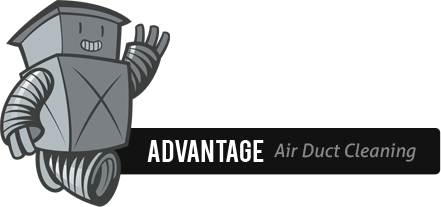What gets checked during a chimney inspection?
There are three different kinds of chimney inspections as established by the National Fire Protection Association (NFPA).
- Level one – A level one inspection is a general examination of the interior and exterior of the chimney. The inspector will look at the flue liner, the interior walls, the crown, chimney cap, and the joints, in addition to making a general assessment of the chimney structure. In most cases, a level one inspection is all you need.
- Level 2 – A level 2 inspection includes all of the level one assessments, but it goes a few steps further. The inspector will examine hidden areas, possibly with cameras or other special tools, to see if there are any possible hazards. A level 2 inspection is often required during the sale or transfer of property.
- Level 3 – A level 3 inspection is highly invasive. It involves dismantling parts of the chimney in order to reveal possibly hidden structural damage. In general, a level 3 inspection is only needed in very specific circumstances, such as after a fire, an earthquake, or a severe weather event.
Why you should hire us to inspect your chimney
We have extensive experience working on industrial, commercial, and residential properties. Our inspections are thorough, and they come with specific recommendations based on our findings. We have the tools and the expertise to rectify any problems, and we can package our inspection together with any repair work or chimney sweeping that may be needed.
Chimneys can be particularly vulnerable to weather damage and animal activity. Soot and creosote can build up on the interior walls of your chimney even if you don’t use your fireplace very often. You should plan on inspecting your chimney at least once a year. Get in touch with us and we can give you a free estimate on a chimney inspection.
